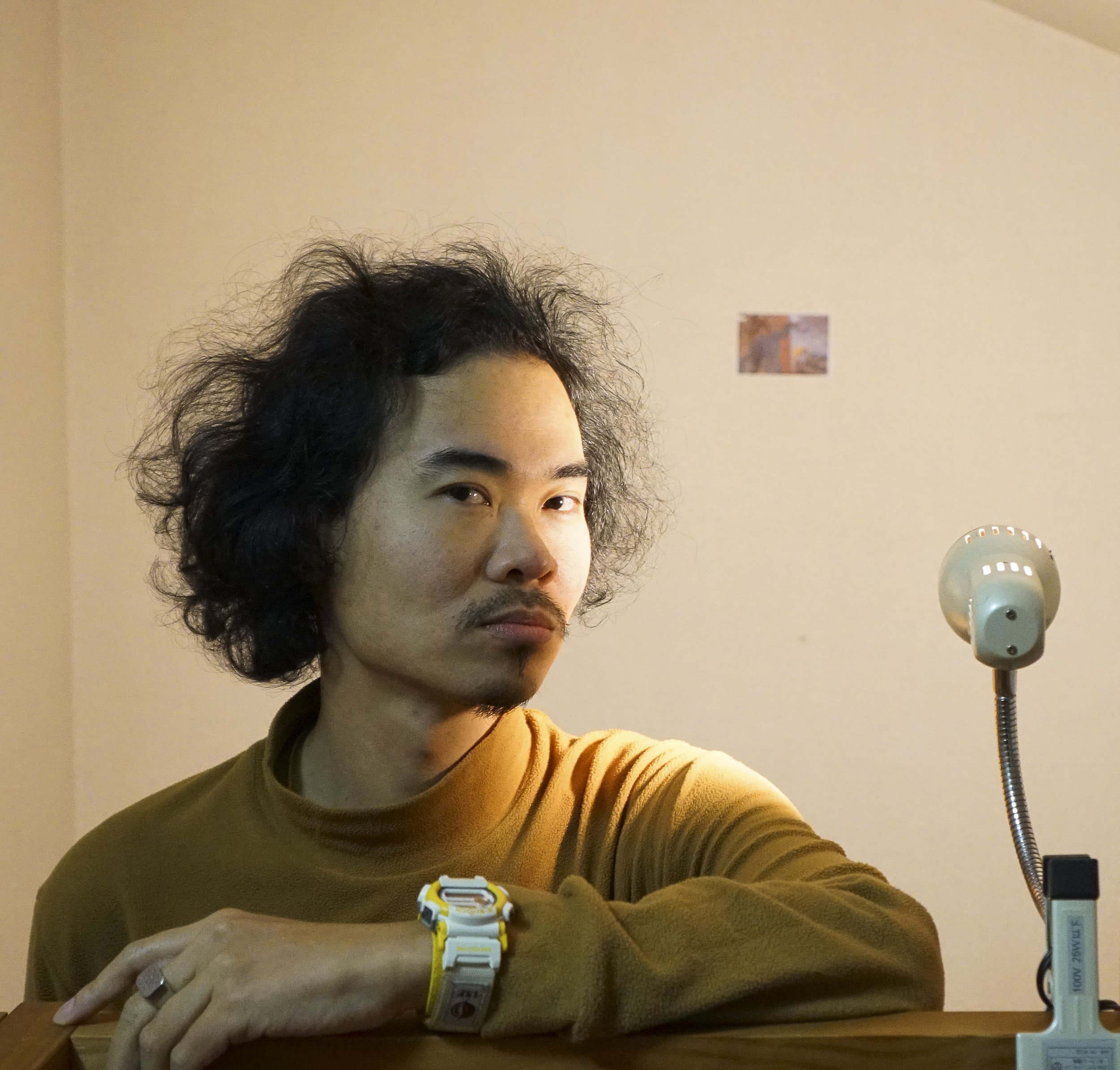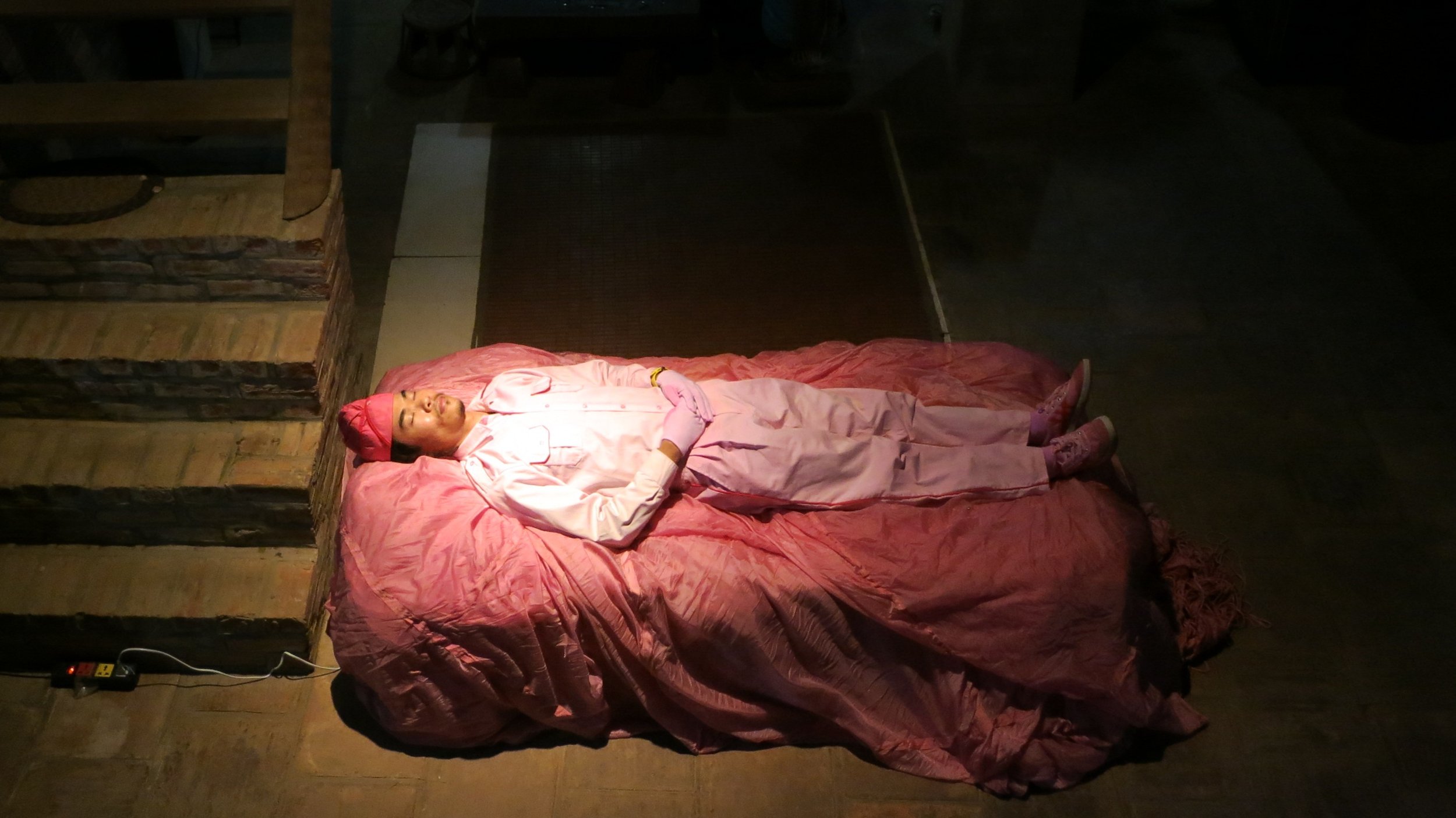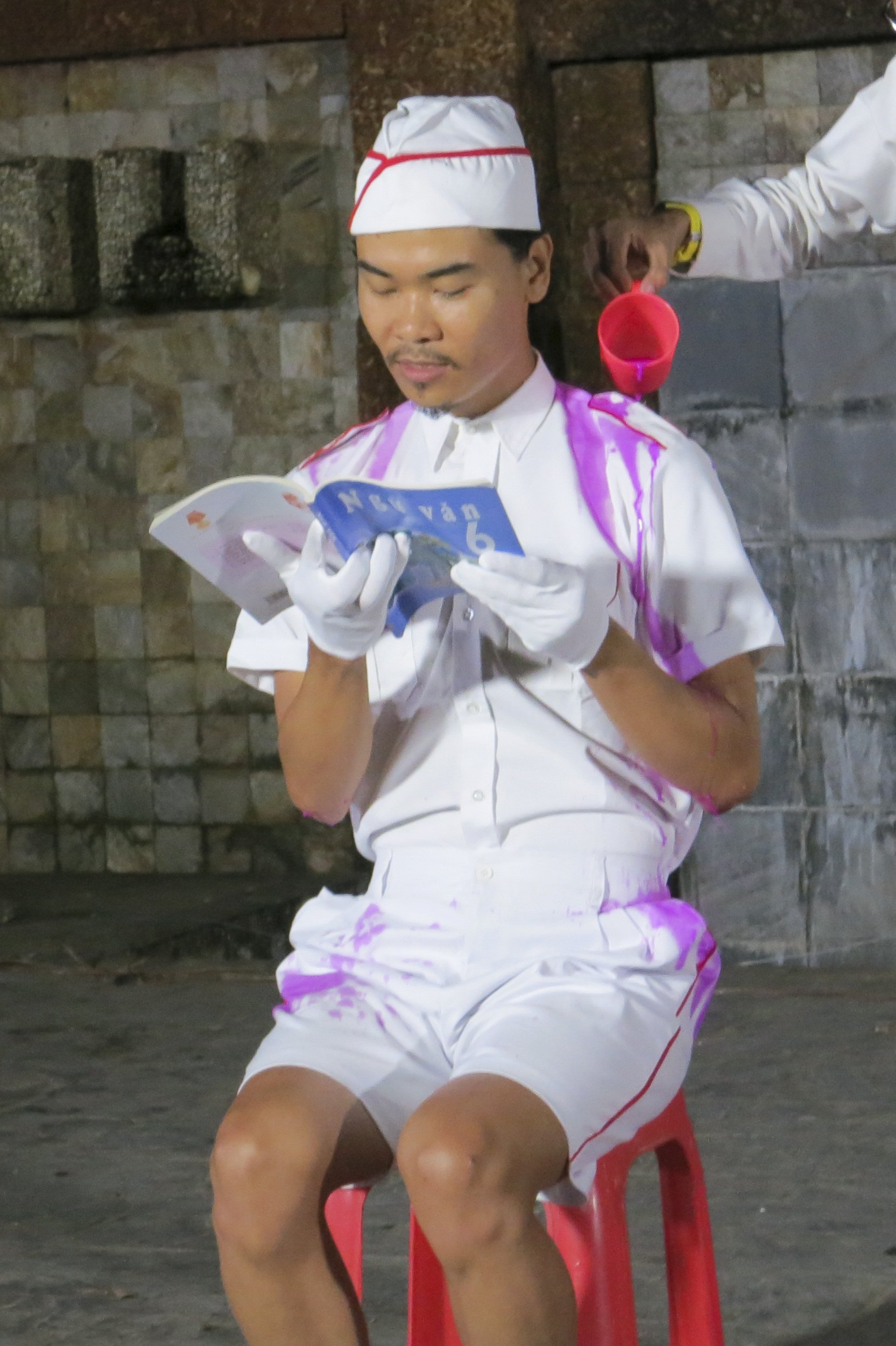Reunification Flowers is an an exhibition initiated by the Dogma Collection and curated by Nguyen Phuoc Bao Chau
Exhibition booklet available here
———
“How should one deal with conflicts?
Give everyone flowers!”
For Trần Minh Đức, as whimsical as his art has been, a severe question calls for a quirky answer.
Đức’s artistic practice often tackles the history and memories of socio-political events pertaining to stories from his immediate family, his relationship with relatives and neighborhood. Intrigued by the omnipresent conflicts among historical accounts, intertwined with familial relationships and personal identity, Đức presents this solo exhibition centered around a propaganda campaign that ignited the historical mass migration of the Vietnamese Northerners to the South of 17th parallel – Operation “Passage to Freedom” – amidst a period of turmoil imbued with differences in religious beliefs in Vietnam. True to the artist’s accentric nature, the exhibition incorporates iconic anti-war figures and harmonious gestures to counter violent tensions. His overt and deliberate deployment of neon pink would likely welcome the “gay” label, but as one wanders deep into the space, the artist’s personal intepretations and unique statements unfold. Also presented to illustrate those visual narratives are propaganda posters and slogans that the artist hand-picked from the Dogma Collection.
Delving deeper into the effect of propaganda during the Vietnam War, Đức leverages on the Geneva Conference in 1954, the result of which had reshuffled the political and geographical landscape of Vietnam. The migration of 1954 marks a mass exodus within the nation that had become segregated by the Parallel 17, an absolutely precise yet invisible North-South division. Symbolically, the artworks represent Đức’s desire to step over that divisive line, repeat aloud the propaganda messages that broadcasted by the military’s psychological warfare appartus from both sides, and retell the childhood stories that he had heard from his grandparents as they uprooted themselves from the beloved homeland to follow the “Virgin Mary that had gone South”, to follow “the light”.
As early as when he became familiar with the alphabet, Đức learned about the distinction of “Northern accent 54”, evident in the way of life in his former Catholic neighborhood whose residents included his own relatives. Later on, with the same child-like curiosity, the Internet became Đức’s effective tool to explore the sounds and images of historical events taking place in the West that were previously unknown to him: the songs, the black and white photographs, and the flowers that occupy the path of marching soldiers.
In Reunification flowers, the excessive use of found images, objects and bright lights may appear cliché, but such audacity only serves to promptly remind us of the historical moments that have seemed to be forgotten and ignored as we stand here today. Is there another passage to freedom? What is freedom? Elsewhere, are there more flowers held up before the guns? History, documents, stories and humanity… What is the truth?
———
Trần Minh Đức was born and raised in Sàigòn - Ho Chi Minh City. He graduated from the painting department of the College of Culture & Arts of Ho Chi Minh City. Đức’s work specifically examines the character of urban life, people and history, studying the interaction between collective and individual, between ideas of what is local and foreign. His practice interrogates what it means to be Vietnamese in the complex fabric of contemporaneity. He is drawn to the history of place, how images of the past inspire human action in their appropriated, fragmented and intangible forms such as oral histories, religious symbols and belief metaphors, postcards plus found materials/objects. His art encompasses performance, photography, collage, prints, installation, moving images, music and explores collective memory and cultural archives through investigating historical narratives, the effects of colonialism and imperialism, and the lasting impacts of war and migration.




Đức is in residence at Art in General 2017 through the support of the Asian Cultural Council. He worked previously as a manager and program coordinator at Sàn Art. He has also participated in AIR programs in Tokyo TWS 2011, Nagasaki Japan 2015, Phnom Penh Cambodia SaSaArt Project 2015, Paris France Béton Salon 2016, Art in General NYC USA 2017, Seoul Korea Haenghwatang 2018, Jeju Culture Space Yang 2019, Osaka Japan 2020 with Yamamoto Seika, FIGYA 2020, Super StudioKitakagaya 2021 and funded residency by Osaka City 2022.
Click here for Vietnamese

